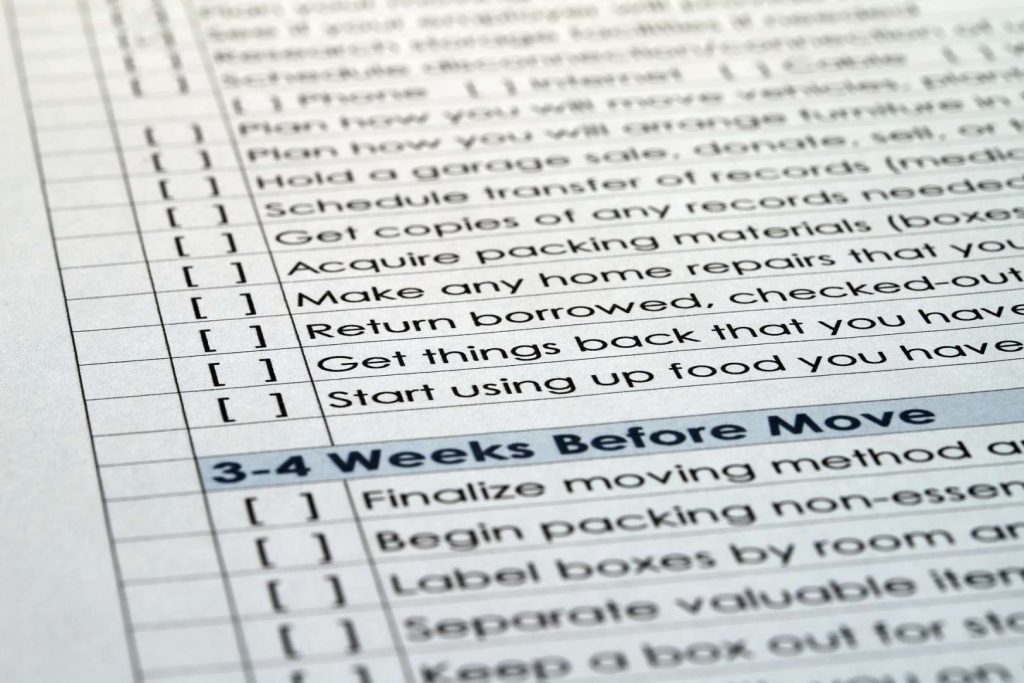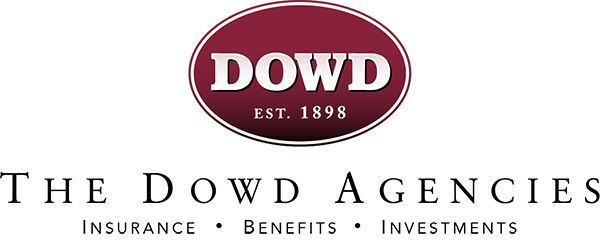
Pre-Move
Once the purchase is complete, but before you actually move in, take these steps:
- Transfer your utilities, including water, gas and electricity. Other services, like cable, internet and phone are also nice to get done in advance if possible.
- Update your address. Start with the most important items, like your car registration and license, banks, checks, credit cards and insurance. Then move on to things like subscriptions and services, like your Amazon account. Consider everyone who sends you mail or packages. You can also fill out a form at the post office for temporary mail forwarding.
- Schedule a deep cleaning of your new home. Whether you take a day to do it yourself or hire someone, ensure the home is clean and sanitized before you move in your belongings.
- If time allows, address any home repair or improvement projects that you can tackle in advance. You don’t want someone tripping on a broken step on moving day! Most tasks, even painting rooms, will be a lot easier before your house fills up. Create a list of any jobs that need to be completed after the move, such as cleaning the gutters or trimming shrubbery away from the home.
- Change the locks. There’s no way to tell if the previous owner gave you every copy of the house keys, so it makes sense to change all the locks.
Post-Move
Once the last moving truck has pulled away, you have a whole new set of things to remember. Here are some reminders:
- Find the shut-off valves for your utilities, like water, as well as the circuit breaker, so you know where they are in case of emergency.
- If there’s a security alarm, update the code and account with the company. If there’s not, consider adding one.
- Test the smoke detectors. Since you likely don’t know when batteries were last changed, it’s a good practice to put in fresh batteries just to be safe. Also, be sure you have a working fire extinguisher.
- Check to ensure your HVAC system is working properly, and that vents and ducts are clean and clear. If anything seems off, schedule a technician to come in for an inspection and any routine maintenance.
- Plan a lock-out strategy. Getting locked out happens to the best of us. Whether you give a key to a trusted neighbor or hide one on your property, you’ll likely need this at least once.
Make Your New Home Safety Checklist, Check it Twice
Beyond homeowners insurance, your other insurance needs may have changed as well. For example, your auto insurance may go up or down depending on your new location. If you add a home alarm, you may qualify for a discount on your homeowners insurance, while if you add a pool, your rates may increase or you may need umbrella coverage. Depending on your policy, you may also want to add extra moving insurance to protect your belongings in transit.
Buying and moving into a new home is a thrilling and busy time. Let us know if we can help ensure you’re covered.
